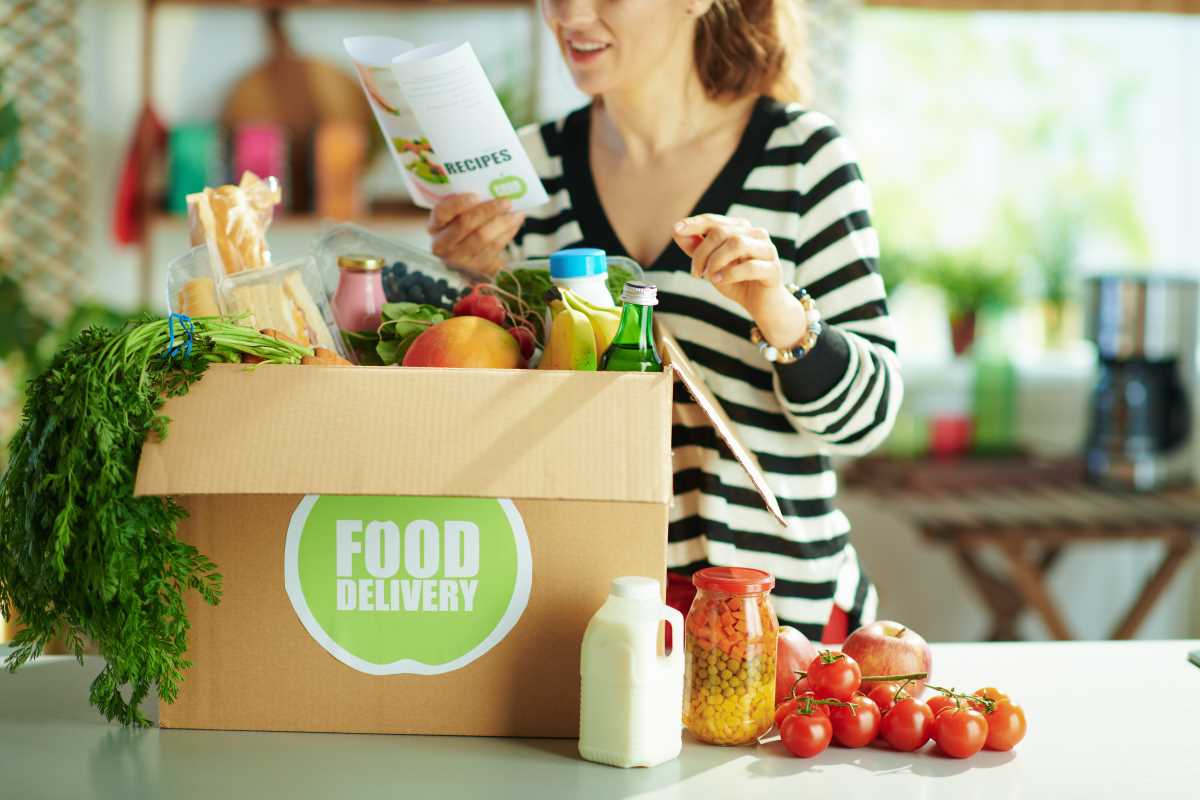Freshly harvested produce draws curious customers when displayed at a seasonal pop-up stand. Setting up an inviting booth brightens the atmosphere and draws interest from those passing by. People appreciate the opportunity to browse unique, local items that are available only for a limited time. When you organize your space thoughtfully and highlight the freshness of your offerings, you make shopping both enjoyable and memorable. By sharing your enthusiasm for homegrown goods and presenting them attractively, you can turn your harvest into a rewarding venture that benefits the community and brings satisfaction to both you and your customers.
Setting up your stand involves more than just physical arrangement—it creates a destination that celebrates the work behind each product. The process begins long before the stand opens and continues as you serve each customer. Every decision you make along the way influences the success of your venture.
Planning Your Pop-Up Stand
Planning plays a crucial role in turning your idea into reality. Choosing the right time and place involves considering factors like seasonal demand and available space. A successful stand integrates well with local events and draws the curiosity of passersby. Getting the basics right at this stage lays a strong foundation for smooth operations later.
Before the setup day, spend time researching and preparing. Check local requirements and understand the logistics involved. Here are some key considerations:
- Select a location with high foot traffic, especially in areas where people gather for community events.
- Pick the best time of year to maximize the freshness of your harvest and attract potential buyers.
- Research local regulations to ensure you meet all permit requirements and guidelines.
- Plan for adequate parking and easy access for customers arriving with vehicles.
- Think about how weather patterns might impact your stand and prepare accordingly with tents or shade structures.
Preparing Your Homegrown Goods
Getting your products ready for market involves several important steps. Each stage of preparation ensures that you present only the best of what your land produces. The goal is to keep freshness and quality high to encourage repeat customers.
Follow these steps carefully to prepare your produce for sale:
- Harvest your items at peak ripeness to maximize flavor and visual appeal. Timing your harvest helps prevent quality loss.
- Sort products by size, color, and quality. This classification not only improves presentation but also helps in setting appropriate prices.
- Clean and prepare the produce thoroughly. A simple rinse or gentle wipe removes debris while preserving natural freshness.
- Package your items in attractive, eco-friendly materials. Use labels and care instructions to inform your customers about the products.
- Store goods in a cool, shaded place until sale time. Insulated crates or coolers can be helpful during hot weather.
Creating an Appealing Stand
Your stand should be as attractive as the products you sell. The design influences how customers perceive your offerings and encourages them to approach and ask questions. A simple yet eye-catching setup can make a big difference in drawing customers in.
Focus on these aspects when designing your stand. Think about how your layout can be both practical and welcoming. Use sturdy tables and display racks that highlight your best items. Include clear signs so that people quickly understand what is on offer. Add banners or chalkboards with handwritten notes to give a personal touch. If space allows, place seating or a small waiting area to make customers feel comfortable as they browse your selection.
Licensing, Payments, and Local Promotion
Following legal requirements and setting up efficient payment methods are essential. Before you start, check with local authorities to obtain the necessary permits and licenses to operate your stand. Offering various payment options also helps accommodate different customer preferences.
Use effective local marketing to increase awareness of your stand. Consider these practical tips:
- Secure all required permits early by visiting local government offices or checking their online resources.
- Offer multiple payment methods, including cash, mobile payments, and credit cards, to serve all customers.
- Promote your stand through local radio, community bulletins, or notice boards to boost visibility.
- Connect with local farmers' networks and community groups to spread word-of-mouth recommendations.
- Showcase your homegrown goods on social media to attract a tech-savvy audience.
Pop-Up Shop Advantages and Expenses
A successful seasonal stand not only increases immediate sales but also builds ongoing relationships with customers. It helps develop a trusted brand within the local market and provides direct feedback to improve your products. The temporary nature of a stand allows you to try out different layouts and displays to see what works best.
Expenses depend on your size and equipment needs. Start with essential investments like quality signs, sturdy tables, and a reliable tent. A small initial investment can lead to high returns in customer satisfaction and market reach.
Adjust your approach as you discover what works best. Experiment with display arrangements and marketing messages to achieve optimal results.







